Leopard patterns are one of the most intriguing and identifiable patterns found in the animal kingdom. Known for their striking appearance and unique versatility, leopard spots have long been a subject of fascination for scientists and nature enthusiasts alike. But what makes these patterns so versatile, and why do they hold such an allure? This article delves into the many facets of leopard patterns, offering insights into their beauty, functionality, and ecological significance.
Genetics and Evolution
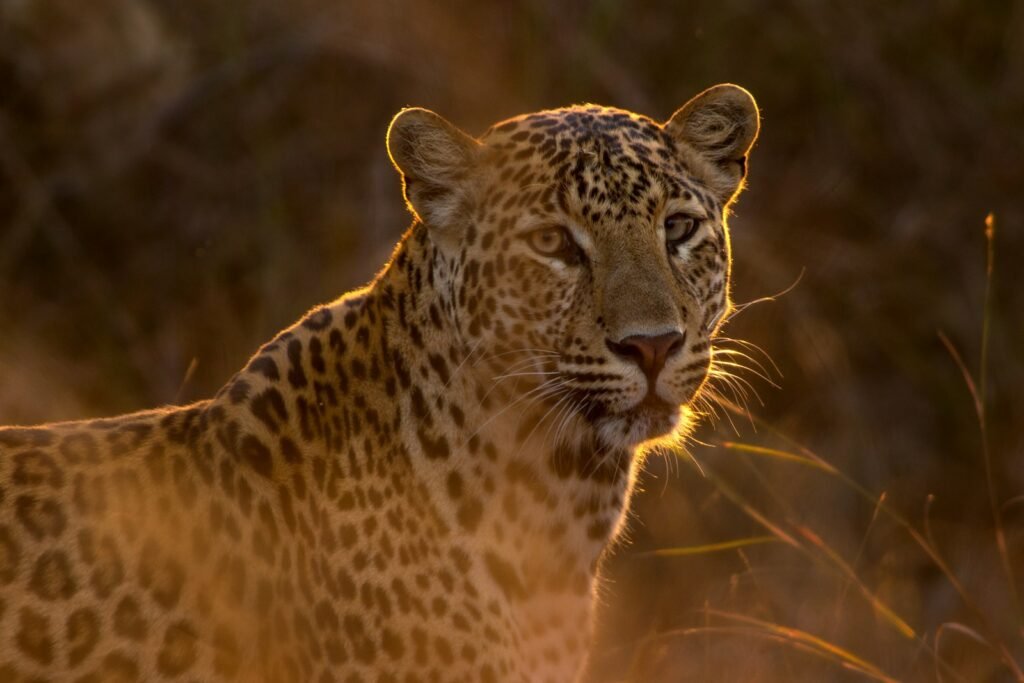
The leopard’s spots are a result of genetic and evolutionary processes that have culminated over millions of years. At the genetic level, the pattern of a leopard’s spots is determined by a set of genes responsible for pigmentation. Evolutionarily, these patterns have developed as an adaptation to various environmental conditions, enhancing the leopard’s ability to survive and thrive in diverse habitats.
The Art of Blending In
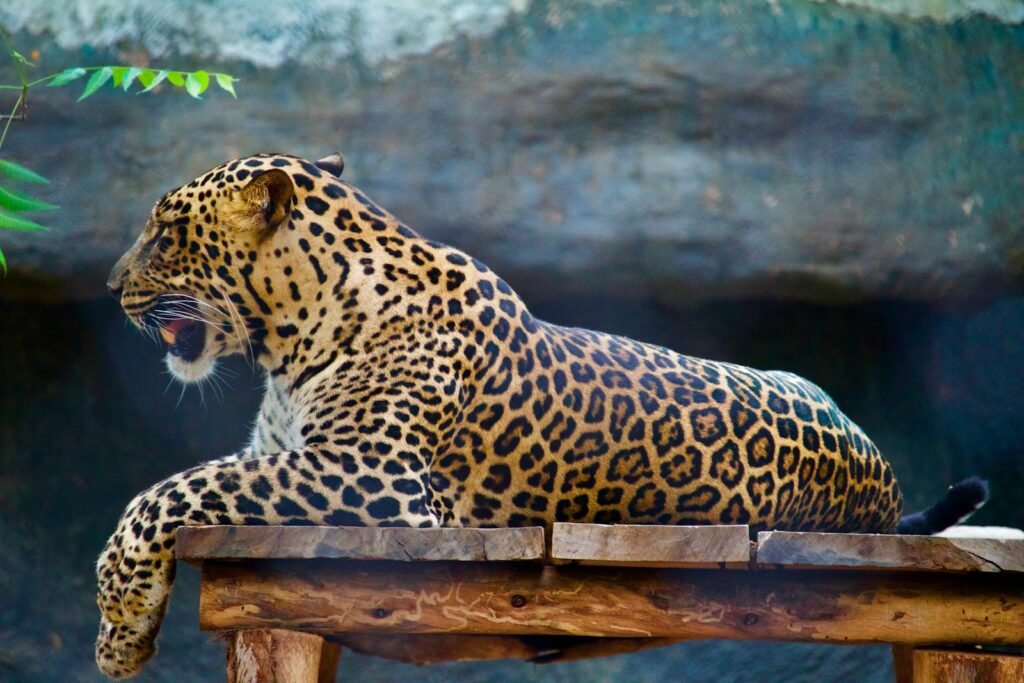
Leopard patterns provide superior camouflage, which is a key survival mechanism in the wild. The irregularly spaced spots help the leopard blend seamlessly into their surroundings, whether in densely forested areas or open savannas. This ability to remain inconspicuous enables leopards to hunt more efficiently and avoid potential predators.
Communication and Signaling Among Leopards
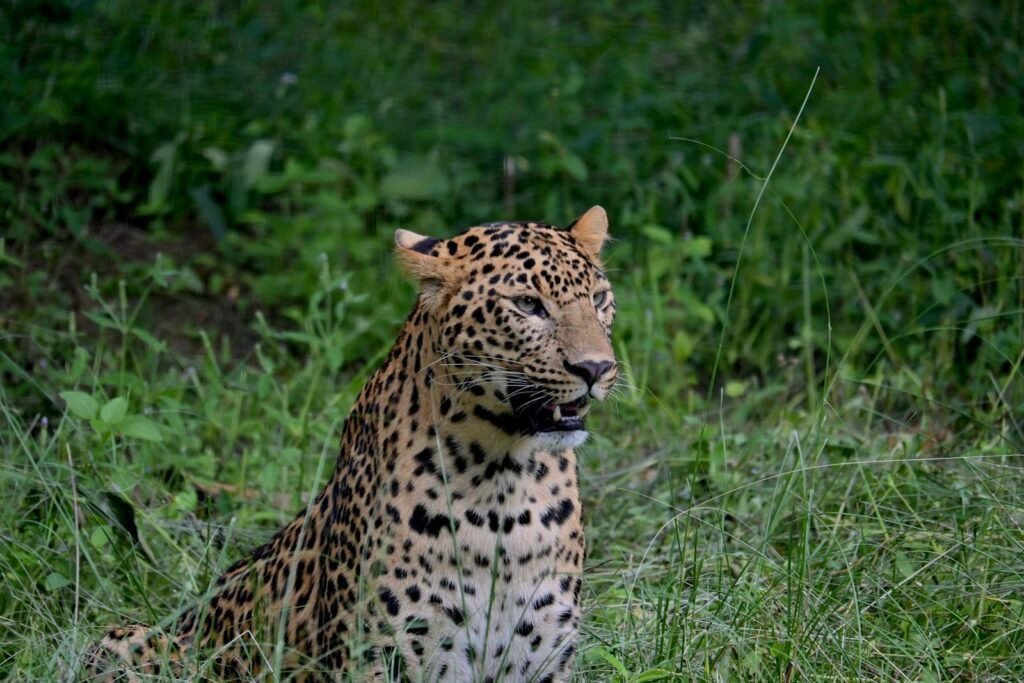
Beyond camouflage, the specific pattern of a leopard’s spots also plays a role in communication. These distinct patterns can help leopards identify each other, serving as visual signals during mating rituals or territorial disputes. The unique arrangement of each individual’s spots can convey important social information within leopard communities.
Adaptable Across Diverse Climates and Regions

Leopard patterns exhibit incredible adaptability across a range of climates and geographical regions. From the snow-covered landscapes of Central Asia, where they take on a lighter hue, to the dense, humid jungles of Southeast Asia, where they appear darker and more compact, these patterns adapt to different environmental conditions to optimize their camouflage capabilities.
Comparison with Other Animal Patterns
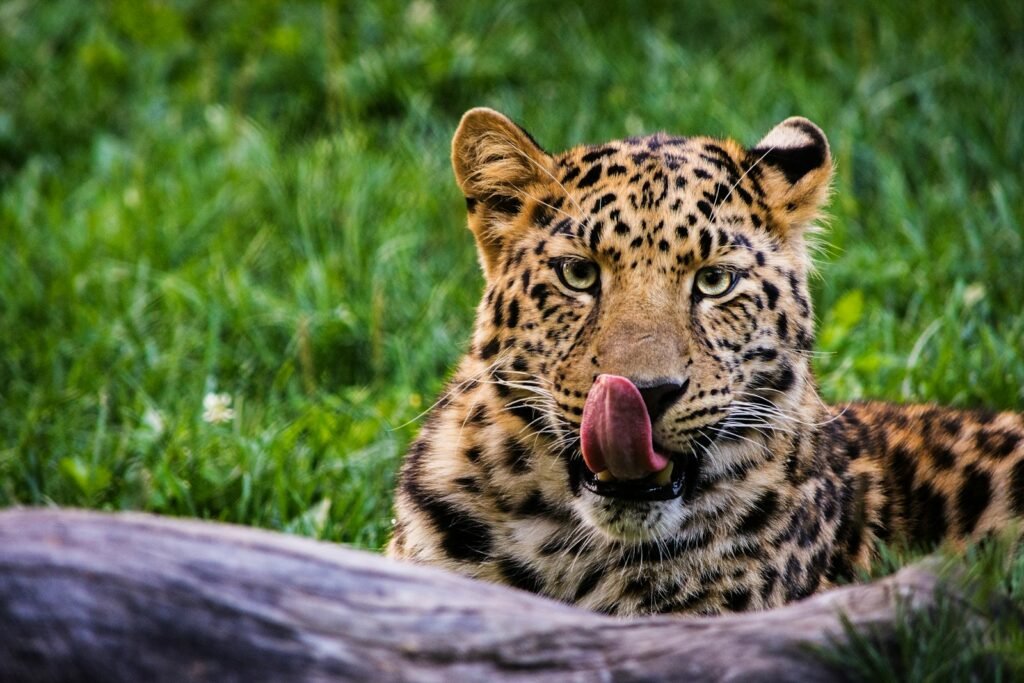
While many animals use patterns for camouflage and signaling, leopards stand out due to the complexity and functionality of their spots compared to stripes or simpler patterns found in other species. This intricacy allows leopards a higher degree of adaptation and versatility, making their patterns unrivaled in their effectiveness across various habitats.
The Aesthetics of Leopard Patterns
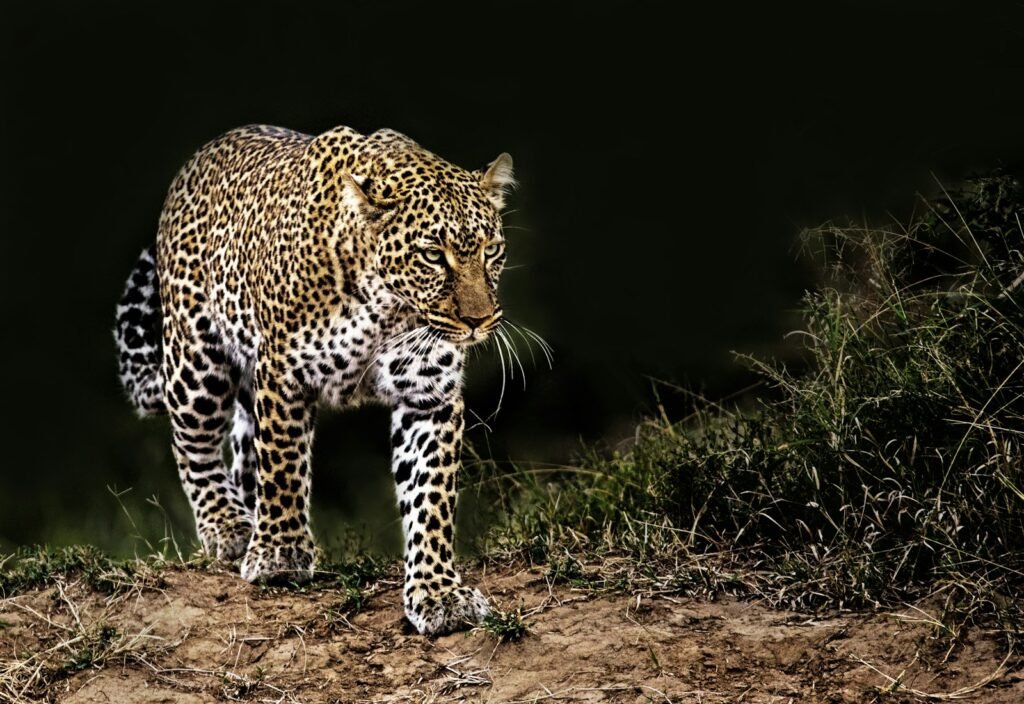
Leopard patterns have crossed over from nature into fashion and design, where they are celebrated for their exotic beauty and dynamic visual appeal. Their aesthetic versatility means they can be incorporated into countless designs, symbolizing power, grace, and beauty. This cultural fascination underscores the timeless allure of leopard spots.
Leopard Patterns and Biodiversity
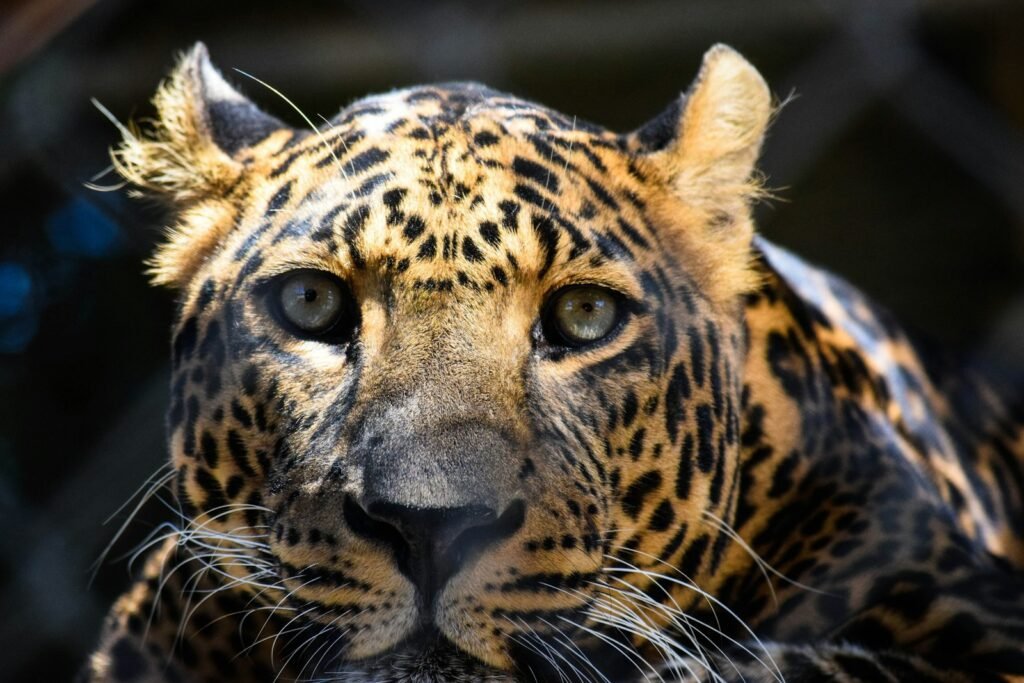
These patterns also reflect the rich biodiversity of the regions that leopards inhabit. They serve as a reminder of the ecological complexity and interdependence within these ecosystems. By studying and understanding leopard patterns, scientists gain insights into broader ecological dynamics and conservation needs.
Technological Applications and Biomimicry
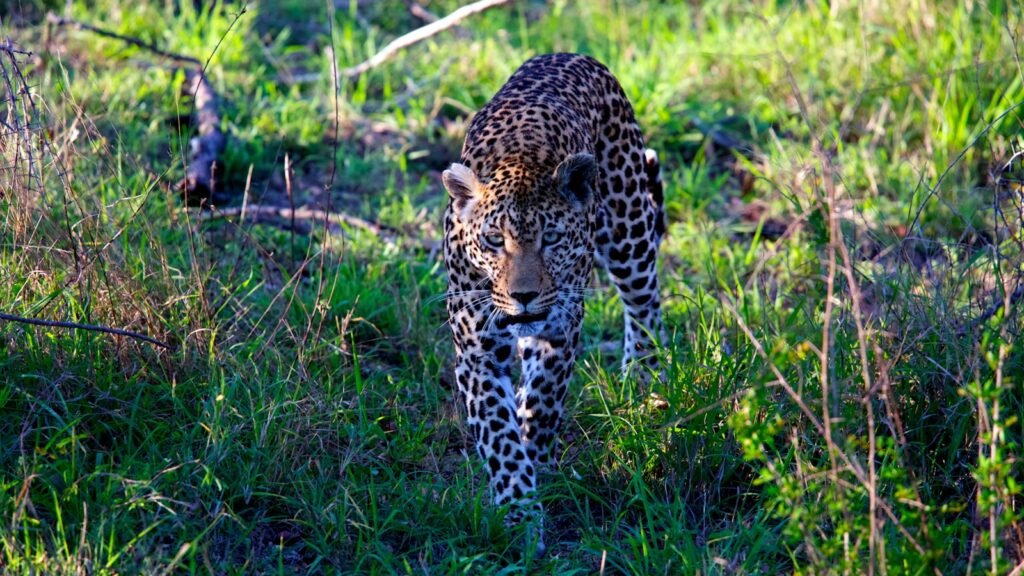
The study of leopard patterns has also influenced technological innovations, particularly in the field of biomimicry. Researchers use the principles behind these natural designs to develop camouflaging materials and technologies in military and fashion industries. This application highlights nature’s ingenuity and the potential for sustainable technology development.
Conservation Efforts to Protect Leopards and Their Patterns
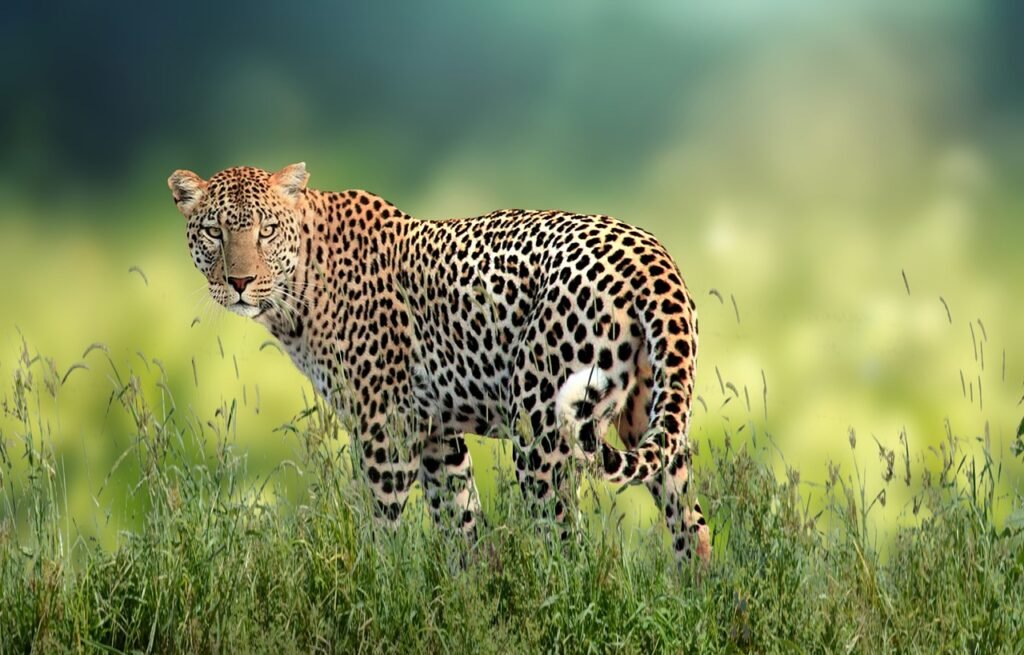
As human activities threaten leopard habitats, conservation efforts are critical to ensuring these magnificent creatures and their patterns endure for future generations. Protecting leopards requires a multifaceted approach, involving habitat preservation, poaching prevention, and educating communities about the ecological benefits of maintaining leopard populations.
The Enduring Mystery and Magnificence of Leopard Patterns

Leopard patterns remain a symbol of the mystery and magnificence of the natural world. Their versatility is unparalleled in the animal kingdom, offering fascinating insights into evolution, adaptability, and communication. As both a scientific wonder and a cultural icon, leopard patterns continue to inspire and educate, reminding us of the intricate beauty that nature holds.

Growing up traveling and experiencing new cultures and wonders, I have had a passion for nature, adventuring, photography, and videography. I am currently working towards a BSc in Biodiversity and Ecology at Stellenbosch University, and I hope to specialise in Marine Sciences one day.
Please send any feedback to Feedback@animalsaroundtheglobe.com






